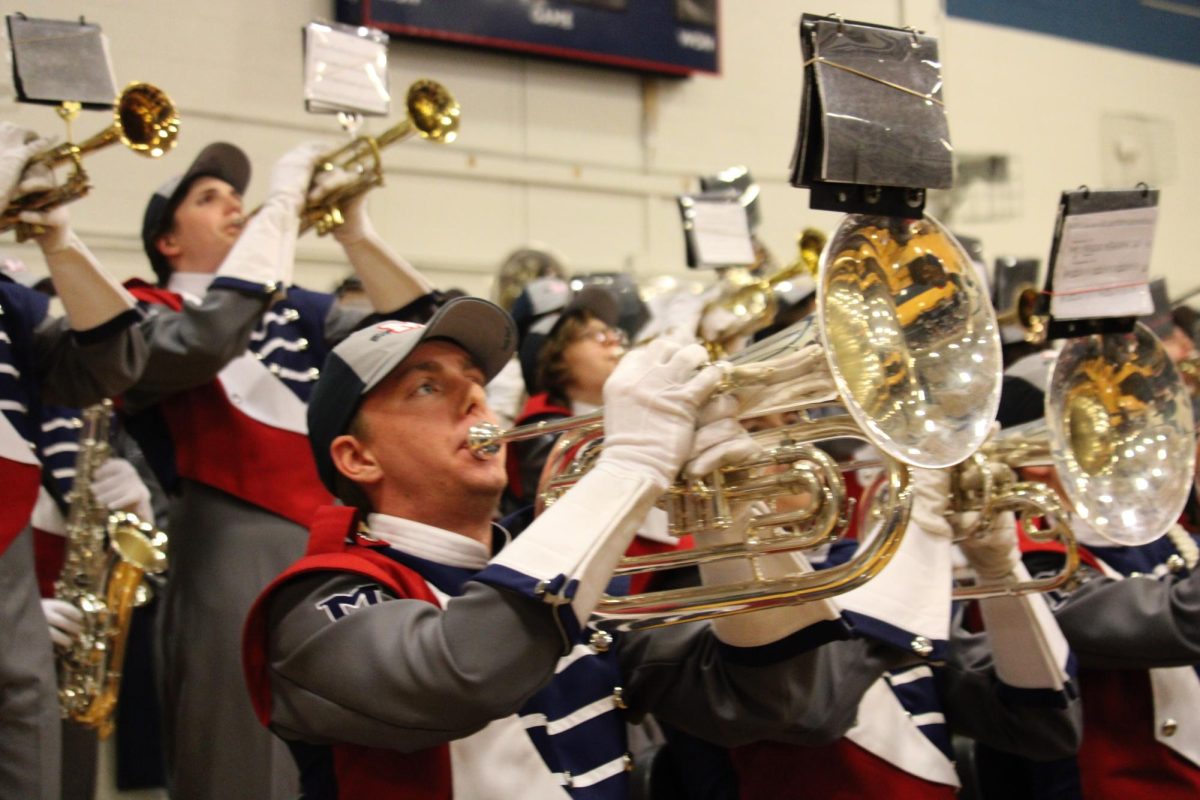I used to go to a school that didn’t allow you to listen to music and because of that, I grew under the impression that music school during school hours was bad. Kids would get distracted and not do any work. But then COVID-19 hit and my view on this has changed.
While we spent at least one year of school at home, listening to music became something almost required. It was hard to focus when you couldn’t look around and see your friend in the room. This was something I experienced, as did many others, but it wasn’t as harmful as I previously thought. It actually helped me focus. I was kind of surprised though when I went back to going to brick and mortar school, I saw many students with their headphones in while the teacher was talking. It doesn’t seem to be too harmful to our school’s learning though. According to “niche.com” Manhattan High School’s average grade is an A.
So, in a way, music can be helpful to some people but to others it might be harmful, it mainly depends on how you learn. I believe that music is a good thing to have in schools, but teachers need to be careful of it harming their student’s learning.
Even though you can listen to music in this school, if you can listen to music in your class is something different. Some teachers allow their students to listen to music while inside their classroom, while others decide not to allow it. I think that the teachers who allow students to listen to music inside their classroom need to be careful of the students who won’t learn anything with music in their ears.
I think that using “Xello” is a good idea to find out if teachers should allow students to have music during class. If most are Tactile learners it might be okay for you’re the students to have music. But if most end up being auditory learners, it probably isn’t the best choice to allow music in class.
All in all, usage of music in classrooms mainly depends on each individual’s learning style. Students should be mindful if listening to music is negatively impacting their school experience.


